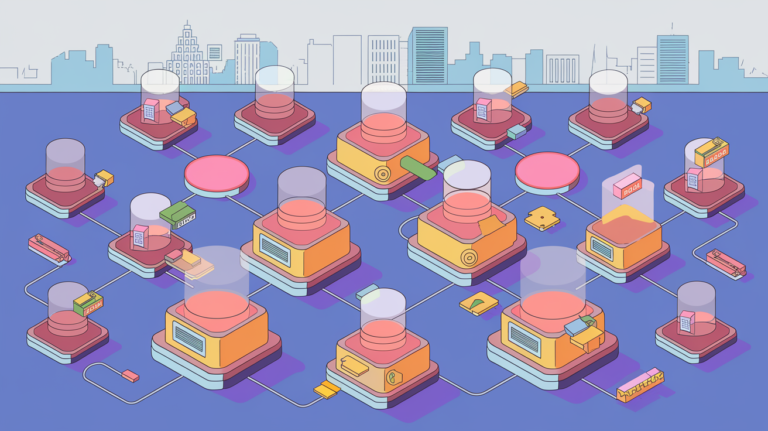Ultimate nmcli Cheat Sheet for Linux Network Management

Introduction to the nmcli Command The nmcli command is a powerful command-line tool in Red Hat Enterprise Linux (RHEL) used to manage network connections through the NetworkManager service. It provides a comprehensive interface for configuring, monitoring, and troubleshooting various network…








